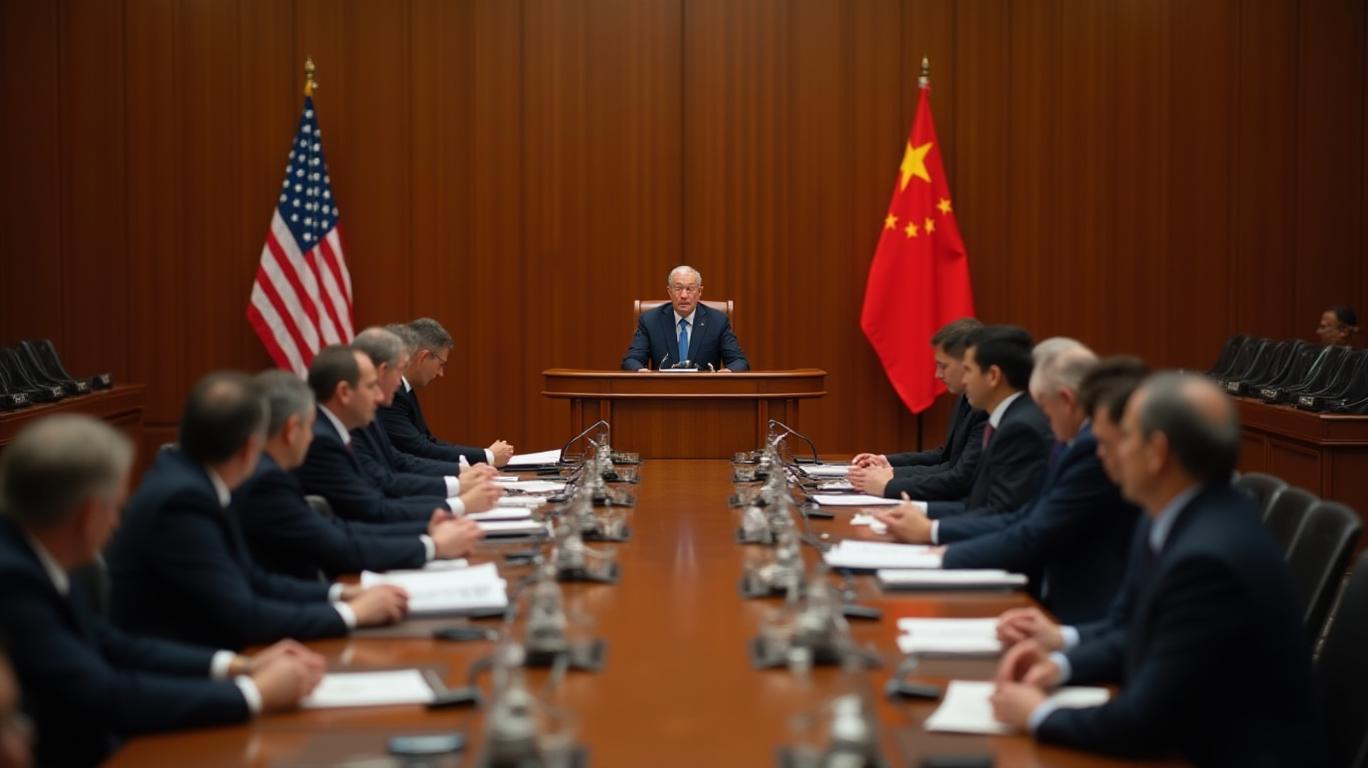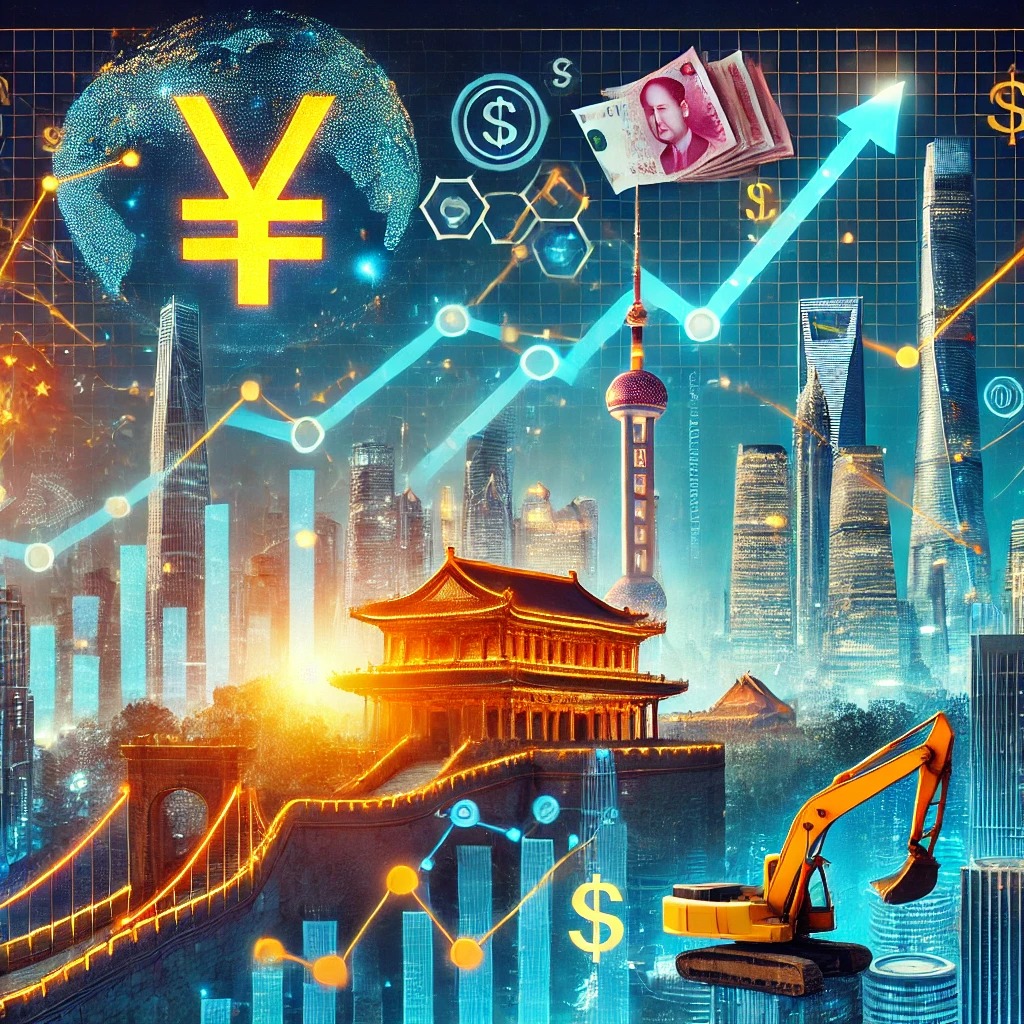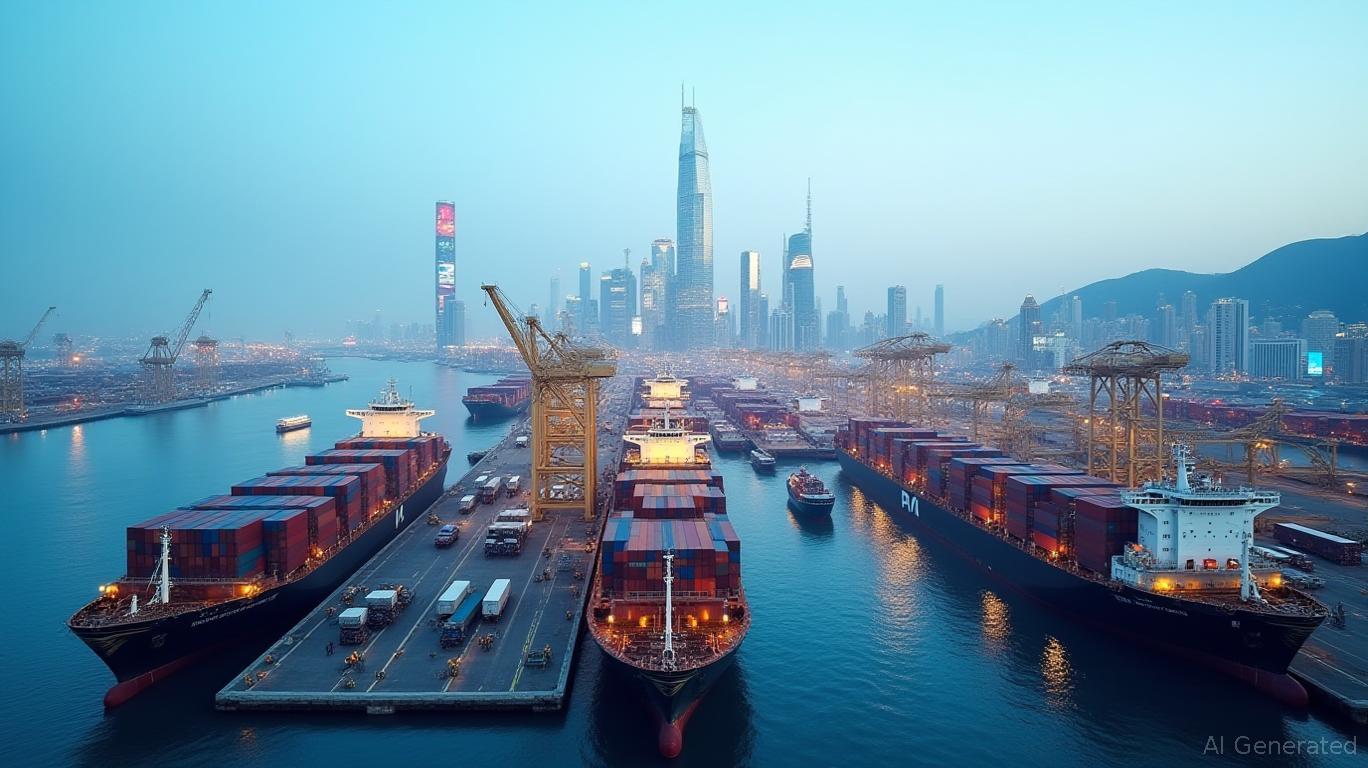Navigating the New Normal: Post-US-China Trade Talks Investment Outlook
The recent US-China trade talks in Geneva marked a pivotal moment in one of the most consequential bilateral relationships in global economics. While the negotiations averted immediate crisis, they also underscored the fragile equilibrium between short-term de-escalation and unresolved structural issues. For investors, the path forward demands a nuanced approach, balancing optimism with caution.
Ask Aime: "Are US stocks set to rally after Geneva trade talks?"

Immediate Market Reactions and the "Buy the Rumor" Mentality
The talks spurred a swift rally in global markets, with US equities leading the charge. shows a surge of 440 points and 280 points, respectively, reflecting investor relief over reduced tariff threats. However, this optimism overlooks deeper challenges. Analysts warn that asymmetric tariff adjustments—such as the US lowering tariffs to 80% while China’s retaliatory levies remain at 125%—will fail to revive trade volumes.
The Nuance of Tariff Adjustments and Strategic Leverage
While tariff cuts to 45% by year-end appear plausible, non-tariff barriers loom large. China’s restrictions on US agricultural exports and its dominance in rare earth minerals (gallium, germanium) remain potent leverage tools. highlight how geopolitical dynamics are now pricing into commodities. For instance, gallium prices have surged 30% since April 2025, underscoring its role as a "sharpest arrow" in Beijing’s negotiation quiver.
Ask Aime: How does the US-China trade deal impact the markets today?
Meanwhile, the US has retaliated through measures like increased docking fees for Chinese cargo ships. These non-tariff tactics, harder to quantify than tariffs, complicate trade flows and add volatility to sectors like shipping and logistics.
Economic Realities: Growth Constraints and Geopolitical Risks
China’s economy grew 5.4% in Q1 2025 but faces downward revisions to 4% for the year, per EIU analysts. illustrates the stark contrast: while the US narrowly avoided recession (0.3% contraction), its path to recovery hinges on resolving trade bottlenecks. Non-tariff barriers have already reduced Pacific shipping volumes to pandemic-era lows, squeezing industries like automotive and consumer goods.
The geopolitical stakes extend beyond economics. China’s $800 billion holdings of US Treasuries and its strategic mineral dominance create interdependencies that could amplify volatility. A sudden sale of Treasuries, for example, could destabilize global markets while risking yuan appreciation—a double-edged sword for China’s export-driven economy.
Investor Playbook: Navigating the New Landscape
- Diversify into Trade-Resilient Sectors:
- Semiconductors and Renewables: Exemptions for semiconductors and clean energy components create opportunities in companies like TSMC () and First Solar. These sectors are critical to both nations’ industrial policies.TSM Closing Price
Consumer Staples: Brands insulated from trade swings, such as Procter & Gamble, may outperform.
Avoid Overexposure to Trade-Sensitive Sectors:
Industrials and Autos:
shows industrials lagging due to supply chain disruptions and tariff-driven cost pressures.INTC, CAT, TSM Percentage ChangeMonitor Tariff Consultations:
Track updates from the US-China trade consultation platform. Symmetrical tariff reductions to 50% or below would signal durable progress, while renewed tit-for-tat measures could reignite volatility.
Conclusion: A Fragile Equilibrium
The Geneva talks bought time but not a solution. While markets celebrated short-term relief—reflected in the Dow’s 440-point spike—the path to normalization remains fraught. China’s economy, growing at 4% instead of its 5% target, faces structural headwinds, while the US battles inflation and geopolitical friction.
Investors must prioritize sectors insulated from trade wars (e.g., semiconductors, renewables) and remain vigilant on metrics like rare earth prices and tariff consultation outcomes. The stakes are high: a failure to address non-tariff barriers or resolve ideological divides could reignite the trade war, with Morgan Stanley estimating that full tariff reversion could shave 0.5% off global GDP.
In this new normal, patience and diversification are virtues. As the world’s two largest economies recalibrate their relationship, the line between cautious optimism and prudent risk management will define investment success.










